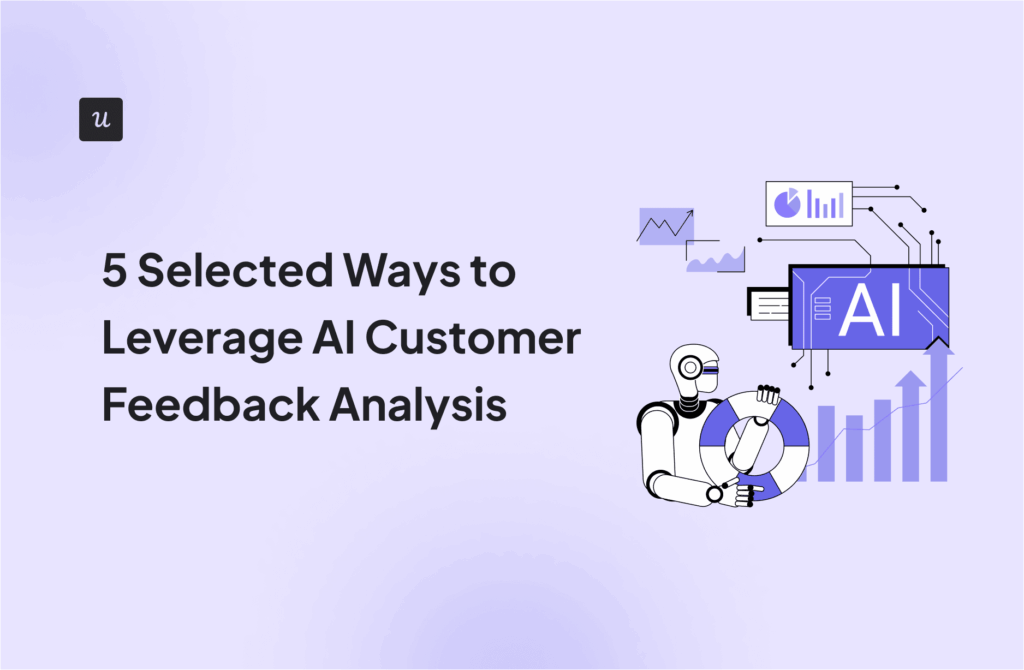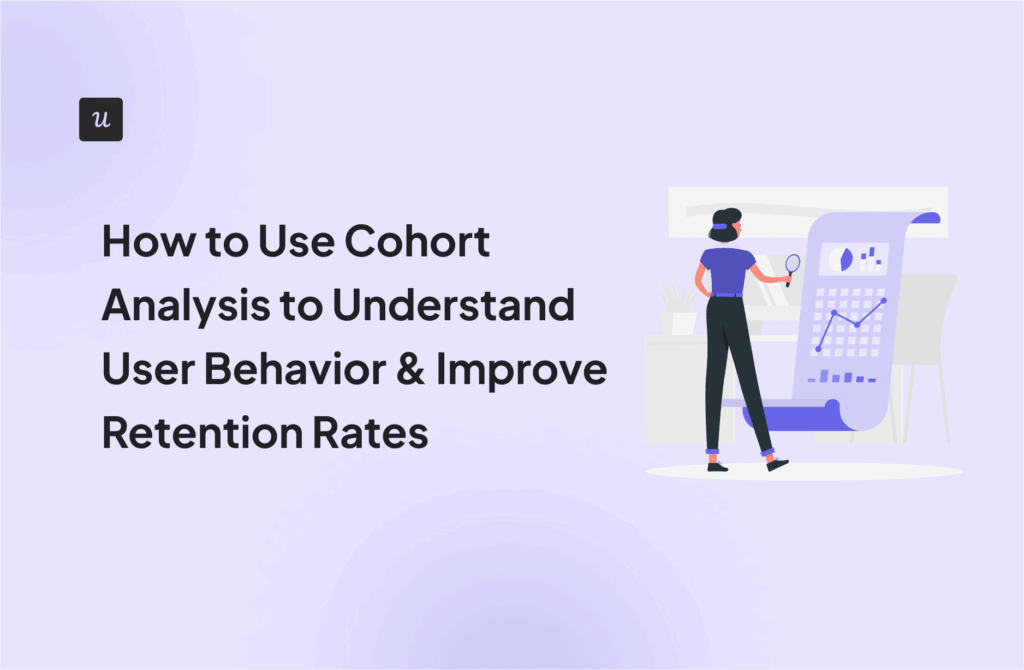
Try Userpilot Now
See Why 1,000+ Teams Choose Userpilot

What is net negative churn?
Net Negative churn occurs when the total amount of revenue you get from existing customers exceeds the amount of revenue you lose due to cancellations and downgrades.
SaaS companies must strive to achieve net negative churn if they want to survive in the long run. Tomasz Tunguz beautifully illustrates why it can become a powerful growth mechanism for SaaS businesses.
Both of these charts below are for a hypothetical SaaS company that acquires 100 customers per month.

In the first chart, the company loses 5% of its customers each month. By the end of December, around half of the January cohort remains.
On the other hand, in the second chart, the company also loses 5% of its customers each month, but the revenue from the remaining 95% of the customers grows by 10 percentage points. In this case, the total revenue from the cohort is 105% of the previous month’s revenue.
A 5% negative churn causes the company’s revenue to grow by more than 70%.
Customer churn vs. Revenue churn
Customer Churn measures the number of customers canceling their subscriptions during a specific period. On the other hand, Revenue Churn measures the amount of revenue lost due to these cancellations.
When measuring churn, you need to consider both customer and revenue churn.
Customer churn simply tells you how many customers you’ve lost. But to understand its impact on your revenue, you need to measure revenue churn.
SaaS companies usually look at churn data month by month. So, you’re essentially gauging how much Monthly Recurring Revenue you’re losing due to lost customers. This means that when we talk about negative churn, we’re referring to net MRR churn.
How to calculate negative churn
Calculating negative churn is the same as calculating the net MRR churn rate. If the value of the net MRR churn rate is negative, you have a negative churn.
To calculate the net MRR churn rate for a particular month, start by subtracting expansion MRR from Churned MRR. Divide the value by “starting MRR” and multiply the result by 100.

The key metrics that matter here to get a negative churn rate are the churned MRR and expansion MRR. You can only get a negative MRR churn rate if your expansion MRR is larger than your churned MRR. This also indicates positive net revenue retention for your business.
Consider this scenario. You lost $100 worth of revenue during February and managed to generate $110 more from the remaining customers through upselling, cross-selling, and add-ons. Unless your starting MRR is zero, you’ll get a negative net MRR churn rate.
This means that you need to bring in more expansion revenue by upselling, cross-selling, and pushing add-ons to make sure you make up for the revenue you lose due to churned users while also achieving revenue growth.
What is a “good” churn rate?
SaaS professionals have been debating this for years now. But most SaaS CEOs seem to agree that 5% is the absolute maximum bar for an “acceptable” churn rate.
Whether or not this fits your product is another question, but what’s irrefutable is that a “good” churn rate becomes a “not so good” churn rate as your subscription base grows.
This can be illustrated with a simple example given by David Skok.
Let’s say your business racks in $10k revenue in customer bookings right now, which increases by $2k every month after that. A 2.5% churn rate here will result in a small amount of loss every month. Nothing you can’t manage.
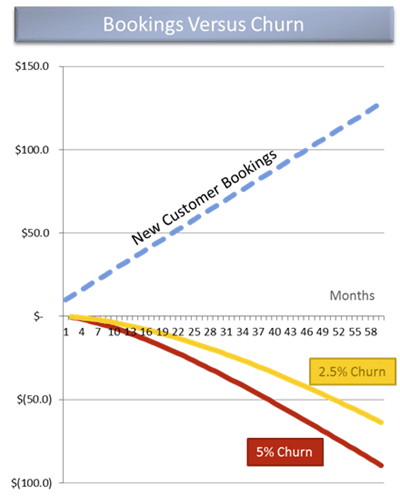
But five years later, this “manageable” churn rate of 2.5% costs your business a whopping $64k per month, which simply can’t be replaced with new customer bookings. The “acceptable” 5% churn rate makes it even worse at $90k lost revenue each month.

How to achieve net negative churn
You can achieve a net negative churn rate in two main ways – reducing revenue churn and increasing expansion MRR.
Reducing revenue churn requires you to act both proactively and reactively.
You can use churn surveys to identify the causes of churn, follow up with customers with low NPS scores, offer in-app self-service support, and use secondary onboarding to drive product stickiness.
A more common approach is to put in efforts to increase expansion MRR directly by pushing cross-sells, upsells, and add-ons.
You can also increase expansion revenue by offering free trials to your premium plans and making feature discovery a priority for pushing account upgrades.
Achieve negative churn by reducing churned MRR (Monthly Recurring Revenue)
Use churn surveys to reduce churn
Less revenue churn for your SaaS business means an improved negative churn rate. To lower the revenue churn, you need to first identify what’s causing it. Instead of speculating, you can directly ask users who are churning by using cancellation surveys.

This can help in two ways. First, it gives you insights into what’s causing users to churn. This allows you to act on the feedback to improve the product and reduce churn in the future.
Second, you can offer alternatives to churning for the most common issues. Your existing customers might have trouble finding the feature they need. In this case, you can contact them to help them realize the value of your product.
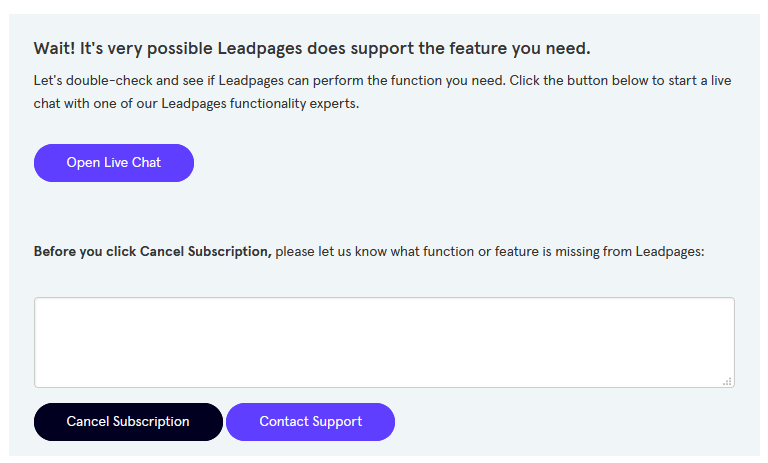
Follow up with NPS detractors before they churn
When you conduct an NPS survey, you can categorize your user base into three groups based on their NPS scores. These are Promoters (9-10 NPS score), Passives (7-8 NPS score), and Detractors (6 or below NPS score).
Detractors are a very risky group of users. Not only can they churn themselves, but they might also discourage others from buying your product.
In this case, you need to reach out to them to help solve the issues that are making them unhappy. This can help you proactively reduce churn.
To do this, you need to ask a follow-up qualitative question in your NPS survey to uncover the necessary insights you need.

Once you have the responses, follow up with them. With a product adoption tool like Userpilot, you can tag responses and analyze insights. This allows you to fix the problems and reach out to users to make sure they know the solution.

Offer in-app self-service support to reduce churn rate
A self-service knowledge base is an underrated feature that can boost your retention rate by as much as 85%!
This in-app resource center can work as the first option for the users, who can then contact customer support if they need further information.
Users will get all resources and help they need inside the app. Thus, it reduces friction in getting help and ultimately shortens the learning curve, offering guides to users.

Drive product stickiness with secondary onboarding and reduce churn
Product stickiness is an important aspect to consider while lowering the churn rate. You can achieve product stickiness when your customers get repeated extra value from your product.
Product stickiness takes shape when customers continuously engage with your features that are relevant to their use case.
But how can you ensure this? The answer is secondary onboarding.
Secondary onboarding is all about onboarding users to advanced features that bring extra value on top of the core product features and help you drive customer success. You can use interactive walkthroughs to improve onboarding, which will drive the adoption of these features.
The more value you offer your users, the less your churn rate will be.
The chatbot tool Kommunicate is a great example in this case. Once they identified 5-7 key features related to conversion, Kommunicate created interactive walkthroughs with the help of Userpilot’s product adoption tool.
They created “goals” for users to achieve in an effort to engage them. Its “chat widget customization” was one of the goals. Since its introduction, 86% of users completed the goal, translating into a 3% increase in the feature’s usage.

Achieve negative churn by increasing expansion MRR
Expansion MRR refers to the MRR generated from existing customers. It can be done mainly through upsells, cross-sells, and add-ons.
Upsells include free trials to paid conversions and plan upgrades. Both cross-sells and add-ons require users to purchase additional products. But add-ons are exclusive to your primary product, while cross-sells can be standalone products.
Increase expansion revenue with free trials to premium accounts
Being contextual is a key aspect of in-app communication. To be contextual, you need to show the right message when it’s relevant for the user. This will give you a better chance at getting your users to upgrade.
A great account expansion tactic to get the users to upgrade to a premium account is to let them try it out.
But don’t just offer it out of nowhere. Do it when they are running out of resources on their current account and are more likely to understand the value of additional features that come with the upgrade.
Dropbox does it quite effectively.
It offers two categories of pricing tiers – personal and business. When users are on the verge of running out of space on the Personal plan, Dropbox shows them the following message with an offer to try out one of its Business plans.
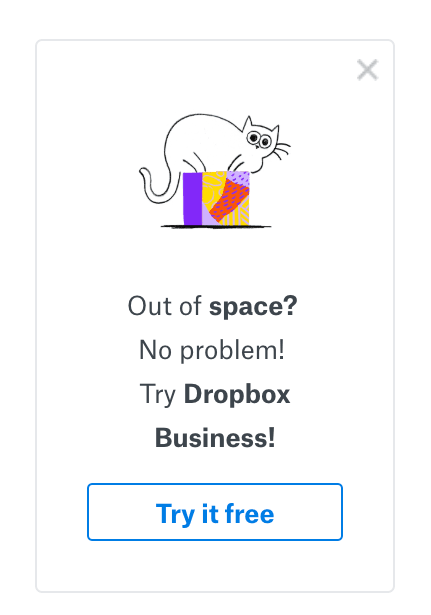
Drive account upgrades and increase expansion revenue by showing existing customers what they are missing out on
Creating a FOMO is a great way to make an offer appealing to users. You can use this to drive expansion revenue by showing users what they’re missing out on. Product usage analytics will come in handy in such cases.
You can identify the features that your customers use the most and then remind them at the right time that they are about to run out of their access due to limitations. This will create urgency among them.
You can then offer them an upgrade to remove restrictions or even offer a free trial of a premium plan to help them experience the value of the potential upgrade.
For instance, SmallPDF constantly reminds its users about their account limitations. This helps them convert freemium users into paying customers effectively.
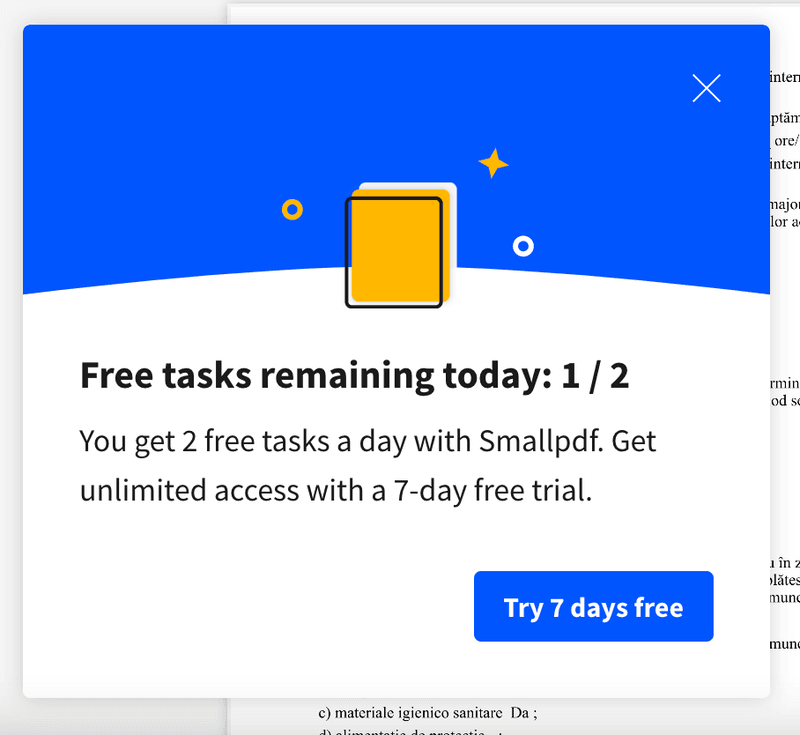
Increase expansion revenue with cross-sells
As we mentioned before, cross-selling involves selling products that are complementary to your primary product. They can work as standalone products that are suitable for the same customer segment.
Atlassian utilizes the concept of cross-selling brilliantly by offering a range of products that specifically caters to product and project management teams. The use cases of the products are also clearly mentioned, allowing the customers to pick the right products for their needs.

Use seat expansion as an add-on in your pricing strategy and drive expansion revenue
Like cross-sells, add-ons are also additional products but can only be used as additional service on top of the main subscription.
Including resource expansion opportunities (e.g., additional seats) while building the pricing strategy of your SaaS products can be a great idea for pushing add-ons. This also allows you to make the plan scalable by allowing growing teams to add seats in one subscription.
With that being said users can stay on the plan and pay for the extra seats instead of upgrading to a higher plan altogether. You can also put limits on the number of seats on your low-cost plans and offer unlimited seat addition in your premium plans.

Conclusion
Achieving negative churn allows SaaS companies to achieve sustainable growth. But this is easier said than done. There is no single formula that can help you achieve negative churn overnight.
As we covered in the article, you can tackle this issue by aiming to reduce revenue churn or increase expansion MRR (or both!). All of this requires you to have a deliberate strategy in place.
That being said, you can experiment with the approaches and see what works for you and what doesn’t. After all, every SaaS product is different.
Want to learn more about how Userpilot can help with reducing churn? Book a demo today!




